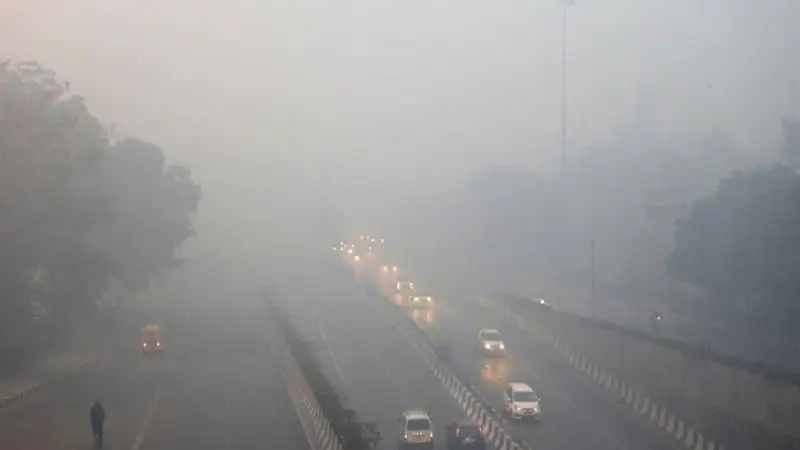Diwali Toxic Smog, Diwali AQI Punjab, Punjab Diwali AQI, Jalandhar Diwali AQI, Jalandhar Air Pollution Post Diwali: Following Diwali celebrations, Jalandhar and other major Punjab cities experienced alarming air pollution levels. According to the Central Pollution Control Board (CPCB), Jalandhar recorded an AQI of 256, while other cities reported similarly poor air quality: Mandi Gobindgarh at 266, Patiala at 244, Ludhiana at 234, and the Chandigarh area recorded an AQI of 239. In contrast, Chandigarh has implemented stricter controls on emissions and pollution sources, working to limit the effects of post-Diwali pollution in its air. These efforts include restrictions on fireworks, increased regulation of traffic emissions, and public advisories on pollution-sensitive activities.
In cities like Jalandhar, residents face heightened health risks due to the dense smog filled with harmful pollutants like PM2.5 and PM10. Exposure to these fine particles can lead to asthma, bronchitis, and even chronic obstructive pulmonary disease (COPD). Increased levels of nitrogen dioxide (NO₂) and sulfur dioxide (SO₂) contribute to respiratory issues and heart problems. Hospitals typically report spikes in respiratory cases, especially following Diwali when pollution levels are at their peak. Long-term exposure to such polluted air also raises the risk of cardiovascular diseases and lung cancer, especially impacting children and the elderly.
Chandigarh’s efforts to control post-Diwali pollution include enforcing limits on firecrackers, monitoring traffic emissions, and issuing advisories for reducing outdoor activities during peak pollution hours. Experts urge residents in high-AQI areas like Jalandhar, where the AQI levels have reached dangerous heights, to follow similar measures for safety. Other cities also reported concerning AQI levels, with Gurugram at 322, Jind at 336, and various locations in Haryana showing similar declines in air quality. Residents are encouraged to use N95 masks, employ air purifiers, and seal indoor spaces to mitigate exposure to toxic air. Additionally, authorities across Punjab are encouraged to adopt Chandigarh’s approach to manage pollution better and protect public health.
